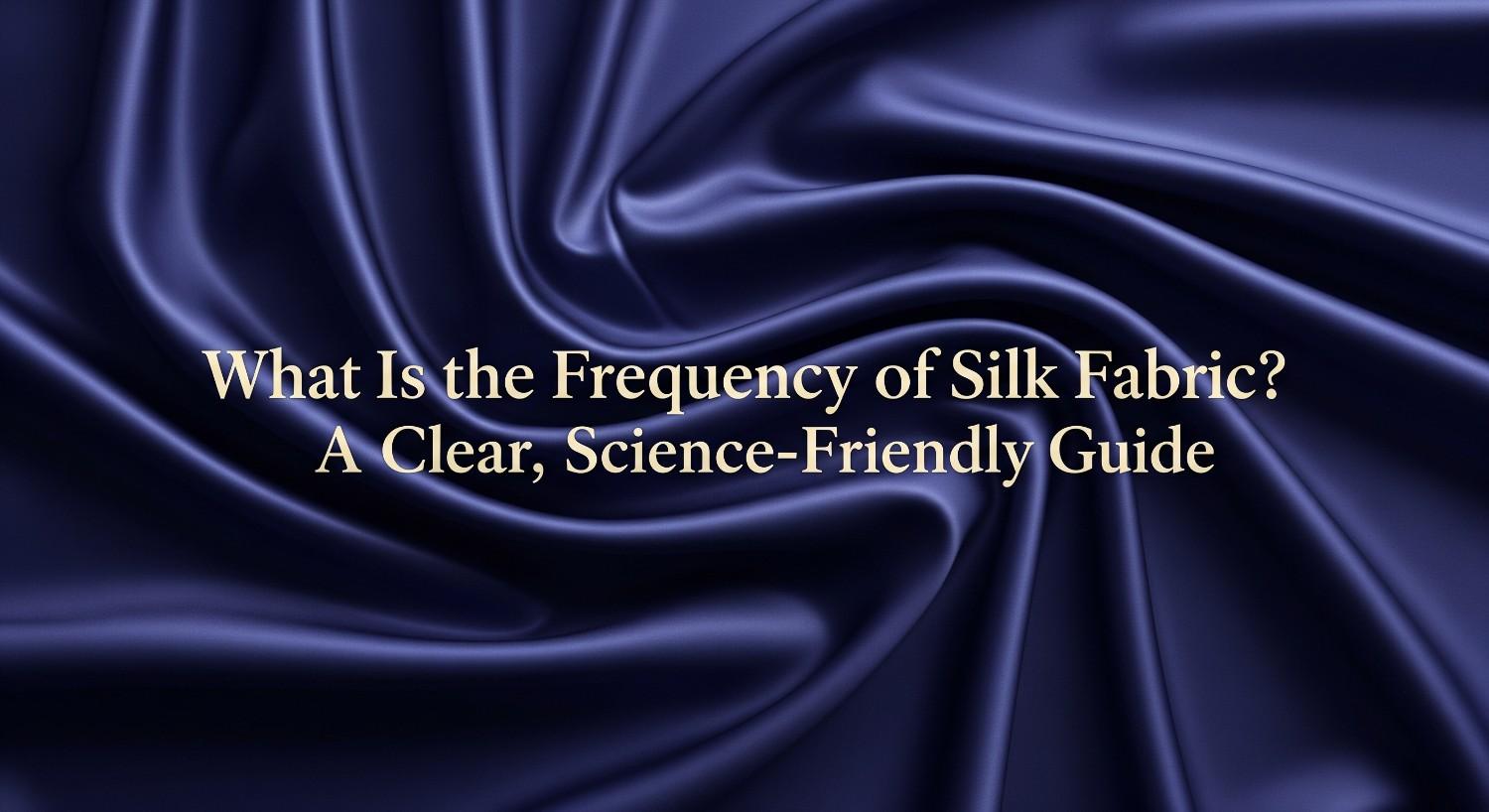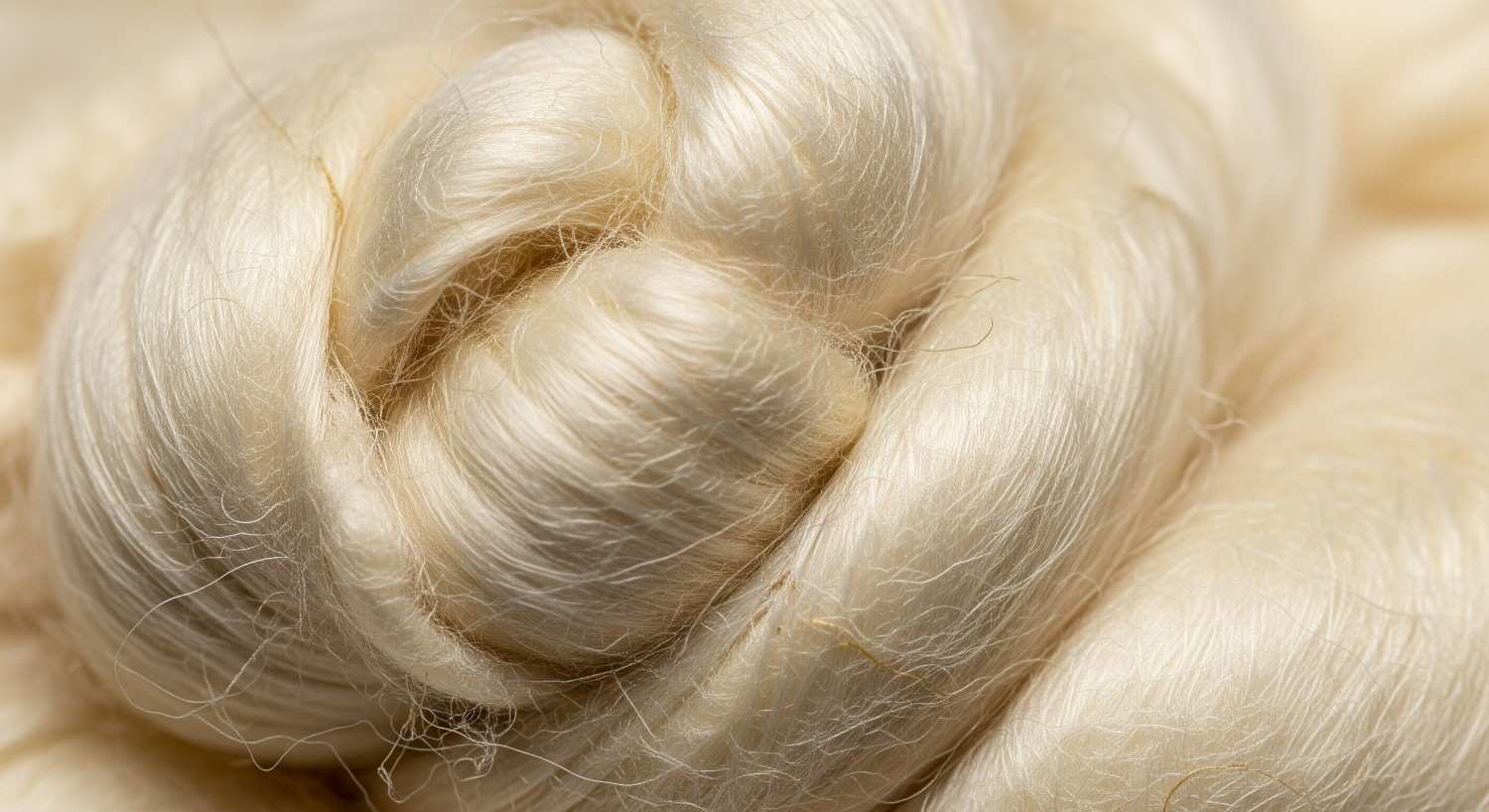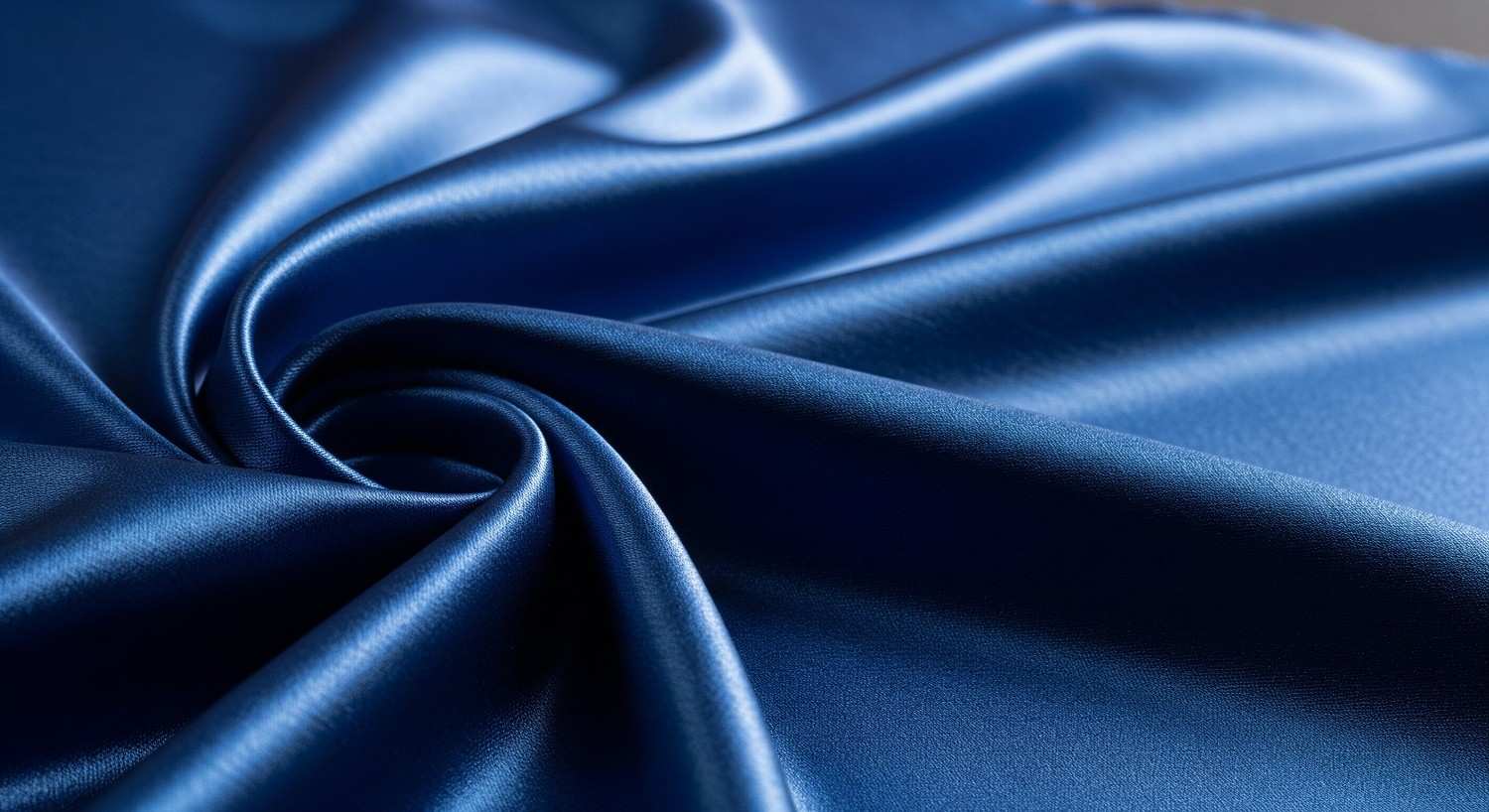
If you’ve Googled what is the frequency of silk fabric, you’ve probably hit a swirl of numbers: 10 Hz, 5,000 Hz, even 10,000 Hz—plus a few confident charts with zero citations. Meanwhile, textile engineers talk about silk’s properties across electromagnetic frequencies (GHz) rather than a single “frequency.”
Confusing? Totally. In this guide, I’ll unpack both worlds—wellness claims and lab-tested materials science—so you can walk away with facts you can use.
What do people mean by “frequency of silk”—and why are there two answers?
Many lifestyle and wellness blogs use vibrational frequency to suggest that materials “emit” a hertz value that affects human energy. You’ll see claims that silk measures as low as ~10 Hz, sometimes attributed to unnamed or hard-to-verify studies, while other posts call silk “high frequency,” even equaling linen at ~5,000 Hz. These articles rarely share primary data or methods, and their numbers contradict one another.
Textile science, on the other hand, doesn’t assign a single “frequency” to silk. Instead, researchers measure how silk behaves across frequencies (often MHz–GHz) to understand things like dielectric constant and loss tangent for applications such as antennas, sensors, and wearables. That’s a real, testable domain with peer-reviewed methods.
Is there a scientifically accepted single hertz number for silk?
Short answer: no. In materials science, silk doesn’t have one fixed “frequency.” Its properties are frequency-dependent: you test it at a frequency rather than assign it one. Think: “How does silk respond at 2.4 GHz?” instead of “Silk is 5,000 Hz.”
Review papers and engineering studies look at how silk’s dielectric parameters change as test frequency changes; they don’t publish one magic number.
Why do wellness blogs list numbers like 10 Hz or 5,000 Hz?
Because “vibrational frequency” is a popular concept in alternative wellness communities. It’s often presented as a qualitative idea (materials having “higher” or “lower” vibes), but when hard numbers appear, they’re usually uncited or conflict with one another—some posts call silk low (around 10–15), others call it very high (5,000 or more), and a few hedge with very wide ranges (10–10,000). If you use these figures, treat them as beliefs, not established measurements.
So…what can we say with confidence about silk and frequency?
Here’s the practical, science-aligned way to think about it:
- Silk’s “frequency” isn’t a single value; its electromagnetic behavior is measured across frequencies. Engineers care about how silk substrates behave from MHz to GHz for things like signal transmission, antennas, or wearable electronics.
- Measured properties include dielectric constant and loss tangent, which tell you how silk stores and dissipates electromagnetic energy at a given test frequency. Those values can shift with weave, moisture, processing, and the exact frequency used in the lab.
- If you’re reading wellness claims, remember there’s no shared standard or peer-reviewed dataset that fixes silk at 10 Hz, 5,000 Hz, or any other single number. Posts disagree widely.
Science vs. Wellness Claims About the “Frequency” of Silk Fabric
| Aspect | Scientific / Textile Engineering View | Wellness & Alternative View |
| Definition of “frequency” | Refers to the electromagnetic test frequency used to measure properties like dielectric constant and loss tangent. | Refers to a “vibrational frequency” believed to influence health, mood, or energy. |
| Typical frequency range | Measured across bands (often MHz–GHz) for applications such as antennas, sensors, and wearables. No single fixed value. | Fixed numbers often given (e.g., 10 Hz, 5,000 Hz, or 10,000 Hz) — but they vary widely between sources. |
| Measurement method | Laboratory testing with specialized equipment (e.g., vector network analyzers, dielectric test fixtures). | Often anecdotal or based on non-standardized testing; methods rarely shared. |
| Consistency of values | Consistent within specific studies at given test frequencies, but changes with weave, moisture, or finish. | Inconsistent — different sources report different values for the same material. |
| Purpose of data | Used to design and optimize fabric for electronics, communication devices, and engineering applications. | Used to promote perceived health or lifestyle benefits associated with wearing or using the fabric. |
| Peer-reviewed evidence | Yes — published in engineering and materials science journals. | Minimal or none — figures are typically repeated from other blogs without citation. |
How does silk compare with other fabrics in scientific contexts?
In engineering studies, silk and cotton have been used as textile antenna substrates, including work around GPS L1 (1.575 GHz). Researchers choose them because natural fibers can be breathable, flexible, and comfortable on skin while still providing usable dielectric behavior. But again, the focus is performance at operating frequencies, not a “vibe number.”
You’ll also see frequency-selective surfaces and other smart-textile ideas where the fabric’s structure and coating—not some inherent “frequency”—create band-pass/stop behavior. This is design and physics, not a fixed mystical number.

What should you say if someone asks “what is the frequency of silk fabric” at a party?
Try: “There isn’t one number. In science, silk’s electrical behavior is measured across test frequencies—often in the MHz–GHz range for wearables. Online charts that say 10 Hz or 5,000 Hz come from wellness beliefs, not standardized lab measurements.” Then you can share why people still love silk: breathability, strength-to-weight, drape, and skin feel—benefits you can feel without invoking a fixed frequency.
FAQs: quick answers people actually search
1. Does silk have a vibrational frequency?
In alternative wellness content, yes—authors often assign silk a number, but those values disagree widely and lack shared, peer-reviewed methods. In materials science, we don’t give silk a single “frequency”; we measure how it behaves at different frequencies.
2. Is silk “high frequency” or “low frequency”?
That depends on which lens you use. Wellness blogs can label it either high or low (conflicting!), while engineers don’t use that framing at all. Scientifically, silk’s dielectric properties vary with test frequency and conditions.
3. How is silk tested in labs for frequency-related behavior?
Researchers measure dielectric constant/loss across a band (e.g., 1–10 GHz) and evaluate performance in devices like textile antennas (e.g., GPS L1 at 1.575 GHz). Results depend on weave, moisture, processing, and finishing.
4. Why do some posts list exact numbers like 5,000 Hz for linen and silk?
They’re reflecting a belief system rather than a standardized measurement. Those figures are popular online but conflict with one another and generally lack primary data. Treat them as opinions, not lab facts.
Bottom line: what is the frequency of silk fabric?
If you’re asking what is the frequency of silk fabric in a scientific sense, there isn’t a single hertz value—silk’s electrical response is frequency-dependent and characterized across bands (often MHz–GHz) for applications like wearables and antennas.
If you’re reading wellness content that assigns one number, know that those figures are not standardized and often contradict each other. Enjoy silk for its comfort, breathability, and performance—and keep “frequency” in its proper context.




